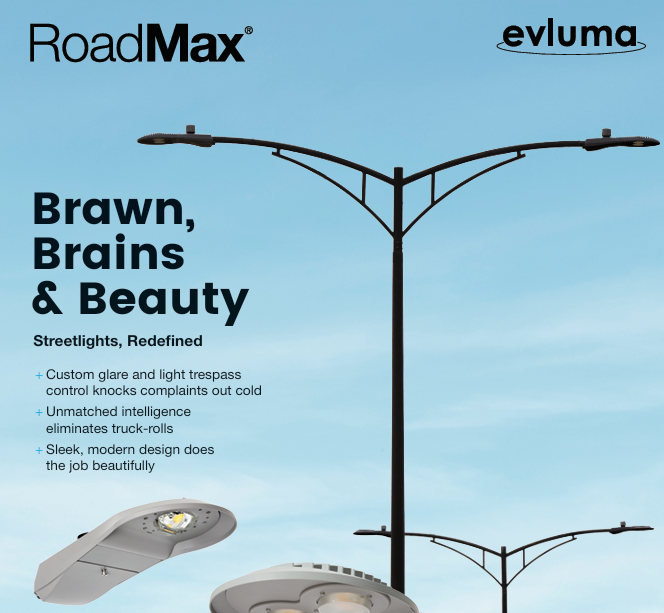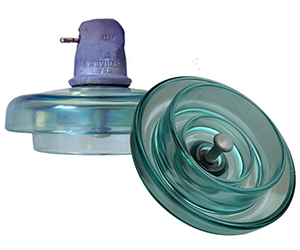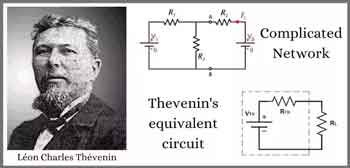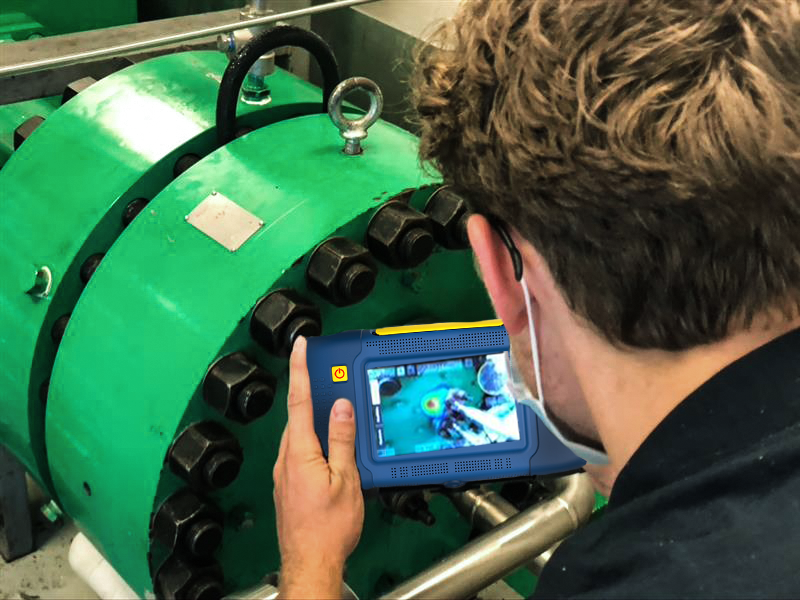A review of the fundamental dielectric characteristics of ester-based dielectric liquids
By Mark Lashbrook, Attila Gyore, Russell Martin
Download Our OSHA 3873 Fact Sheet – Minimum Approach Distance and Training Requirements
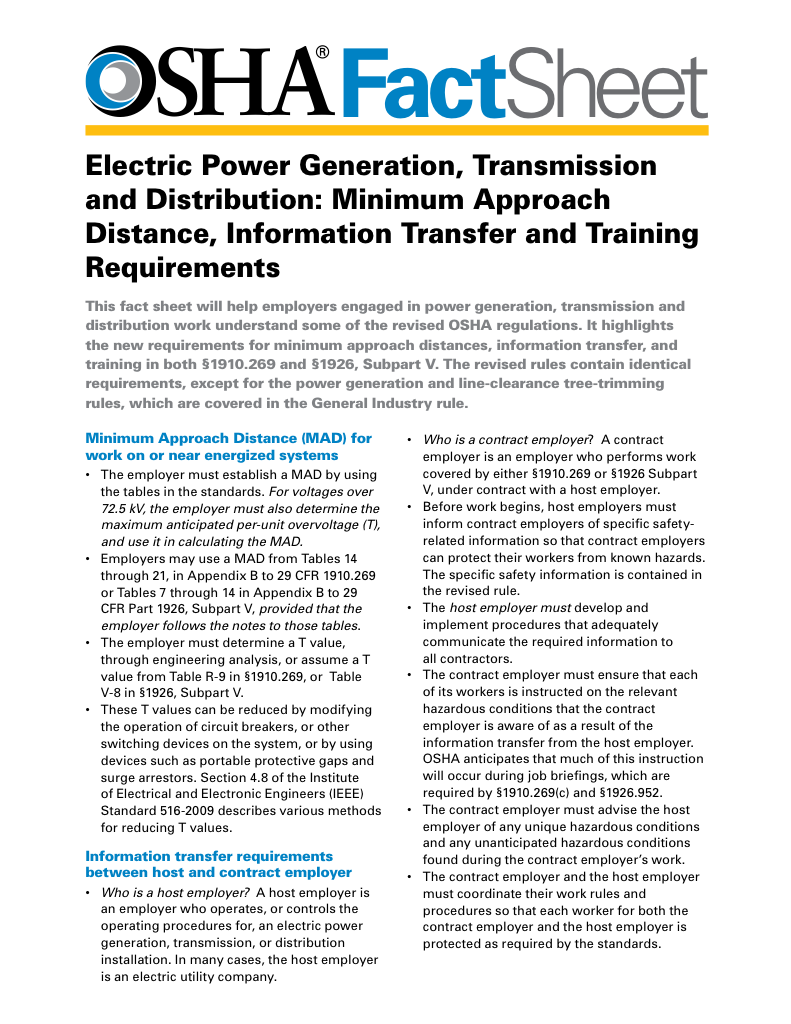
- Calculate MAD using voltage and overvoltage values
- Ensure proper communication between host and contract employers
- Meet OSHA training requirements for qualified electrical workers
Fundamental dielectric characteristics describe permittivity, dielectric constant, polarization, loss tangent, conductivity, and frequency response, guiding material selection, insulating performance, impedance behavior, and electric field interactions across applications in electronics, power systems, and RF design.
What Are Fundamental Dielectric Characteristics?
Material metrics like permittivity, loss tangent, and polarization that govern insulating behavior under electric fields
✅ Determines energy storage via permittivity and dielectric constant
✅ Quantifies dissipation with loss tangent and conductivity
✅ Captures frequency response, polarization, and dielectric breakdown
1. Introduction
For many years synthetic ester fluids were seen as specialist materials, only for use in unusual transformers, such as those in rolling stock, offshore installations and steel plants where fire safety was a prime consideration. However, in more recent times users are realizing that ester-based liquids could offer a more mainstream alternative to mineral oil and although these fluids are more expensive the overall project costs can be lower when taking into account factors such as reduced fire protection. In some space-constrained urban environments ester-based liquids may even become the preferred option, with the flammability and potential environmental impact of mineral oil making the design of modern installations extremely challenging. This type of situation has been seen with the latest 400kV projects incorporating synthetic ester fluids. For context, readers can review the fundamentals of dielectric fluids to understand how base chemistry influences flammability and environmental performance.
2. Standard AC Breakdown Testing
Standard test methods for assessing breakdown voltage of liquids typically employ small electrode gaps, of the order of ≤2.54mm. The electrode configuration can vary from spherical, through VDE type “mushroom” electrodes to disc electrodes. This type of testing is primarily used to give an evaluation of the cleanliness of a liquid since it gives very limited information about the actual dielectric performance. It can be seen by comparing the results in Table 1 that all the different types of liquids to be discussed in this paper give very similar results for a given electrode arrangement in this type of testing. Clarifying the definition of breakdown voltage in insulating oil helps interpret these short-gap results.
Electricity Today T&D Magazine Subscribe for FREE

- Timely insights from industry experts
- Practical solutions T&D engineers
- Free access to every issue
This could lead to the conclusion that all these liquids are equal in their dielectric performance, or that given a good result in the AC breakdown test one liquid is in some way superior to another. However, the true picture is more complex, since the electrical stress distribution is influenced by many factors such as electrode geometry, distance and materials types. Another key factor in the dielectric behavior is the wave shape of the applied voltage. AC voltage in the form of a clean sine wave is usually expected at frequencies of 50-60Hz depending on the geographical location. However, this is rarely the case with harmonics and other distortions of the pure waveform. In addition the prevalence of surges on the network must be accounted for; in testing this is usually characterized by two different types of event, either lightning surge or switching surge and there are standard waveforms established to test these.
In practice, understanding how oil in transformers behaves under distorted waveforms informs appropriate test selection.
So any dielectric system in a transformer must withstand AC conditions, switching impulse and lightning impulse, as well as chopped lightning impulse if this is specified. There may also be a requirement to withstand DC fields in some special cases and this adds an extra level of complexity.
When considering a new dielectric medium, therefore, all these aspects need to be tested and in the beginning researchers will look to comparisons with existing materials of known behavior to assess likely changes. As stated previously in terms of short gap AC behavior ester-based liquids are very similar to mineral oil and this gives some confidence that they can be used. For distribution class equipment up to 33kV the change to ester has required little in the way of detailed electrical design evaluation, since the electrical margins are large due to the need for excess solid insulation to provide mechanical strength. However as the voltage level rises there is less electrical margin and the need for routine impulse testing, both of which mean that greater steps are needed to evaluate design. So to begin using ester-based liquids in power class transformers there is a need to check impulse behavior over similarly short gaps to the AC tests, and this is where see some differences start to emerge.
Complementary programs of transformer oil analysis can track moisture, particles, and aging markers that strongly influence PD and impulse withstand.
3. Impulse Strength of Short Electrode Gaps
There are standard methods for measuring impulse breakdown with the ASTM D3300 being one popular method. The electrode arrangement for this test can be either needle to sphere, or sphere to sphere. In the first instance researchers started work with small electrode gaps employing a sphere-sphere set up, such as the example in Fig 1. utilized by the University of Manchester.
Fig.1. Arrangement for short gap impulse tests
In their testing, a number of different methods were applied for stepping up the test voltage, following the recommendations in different standards. This showed a lower impulse breakdown strength for the ester liquids and Fig 2. shows a summary of the results, with the maximum difference in breakdown voltage being of the order of 20%. In this case the mineral oil tested was Nynas Nytro Gemini X, the synthetic ester M&I Materials MIDEL 7131 and natural ester Cargill Envirotemp FR3. These observations are consistent with broader properties of transformer insulating oil related to ionization, space charge, and pre-breakdown dynamics.
Fig. 2. Results of impulse breakdown testing to various methods
4. Partial Discharge Inception
To further understand the mechanism behind the different behavior that was observed, researchers started looking at very divergent arrangements, for example a sharp needle of tip radius 6.5µm and sphere of radius 12.5mm, as this allows observation of phenomena in a liquid with manageable voltage levels.[3] This allowed the study of partial discharge inception, when the liquid begins to yield to the electrical field. When the researchers subjected this arrangement to AC they discovered that the PDIV of ester-based liquids with a gap of 50mm is actually very close to that of mineral oil.
Sign Up for Electricity Forum’s Dielectric Fluids Newsletter
Stay informed with our FREE Dielectric Fluids Newsletter — get the latest news, breakthrough technologies, and expert insights, delivered straight to your inbox.
In fact in the case of natural ester a higher PDIV was found than in mineral oil. This suggested that the reason for the difference in impulse breakdown behavior does not lie in discharge inception, although some different behavior was found in this study, especially in polarity, between mineral oil and esters. Mineral oil exhibits a very strong tendency to PD only in the positive half cycle of the AC waveform, i.e. when the needle is at a positive polarity. In the negative half cycle the required voltage to form PD is much higher than that of the PDIV. In the ester-based liquids the situation is somewhat different; PD was found in the negative half cycle at much closer voltages to the positive half cycle PDIV, as shown Fig. 3.
Fig. 3. PDIV in positive (left hand chart) and negative (right hand chart) half cycles
This indicated that the electrical behavior is not the same between the liquid types. It also throws up questions around the way mineral oil filled transformers are tested, i.e. is only testing with negative impulse a valid practice?
5. Streamer Propagation Behavior
The similarity in PDIV between esters and mineral oil required a closer look at propagation of electrical discharges. The next important step was then to look at the discharge channels in the liquids, known as streamers. This involved the combined techniques of electric measurement and visual imaging to detect how streamers form in liquids and how they propagate. Much of this work was conducted in parallel in different research institutions,where the same conclusion was drawn. Streamer propagation in esters is different to mineral oil, especially under very divergent fields, such as those the researchers were using. The key conclusion from this was a difference in so-called acceleration voltage when streamers move from slow mode propagation to fast mode.
In order for a flashover to occur it is necessary for the electrical current to find a path from one electrode to another and in liquids this occurs within a gaseous channel, known as a streamer. This channel will only propagate through the fluid if it has sufficient field strength to provide motive force and sufficient time. When considering AC behavior the time is relatively long, whereas under impulse conditions the time is extremely short. The standard wave shape for lightning impulse has a rise time of 1.2µs and fall time of 50µs to reach 50% of maximum. This means that the peak electrical field is only present for a matter of micro-seconds and in order to get propagation from one electrode to another, especially over longer oil gaps, the discharge must attain a high velocity. Streamers can be characterized by four different modes, as shown in Fig. 4.
Fig. 4. Streamer velocities and modes
The principle behind the connection between streamer mode and breakdown can be demonstrated with a simplified example. Taking a gap size of 50mm, if it is assumed that the liquid is only subjected to the voltage necessary to sustain propagation for 5µs then the streamer will need to attain a velocity of 10km/s or in other words be of Mode 3-4 to bridge the gap and cause a breakdown. Otherwise the streamer will only be characterised as a partial discharge. The transition from Mode 1/2 to Mode 3/4 can be characterised as the acceleration voltage.
A variety of researchers have looked at the acceleration voltage principle with esters and all agree that this is one area where these liquids differ from mineral oil. The charts in Fig. 5. show the behavior when the electrode system is extremely divergent, with esters having a substantially lower acceleration voltage than mineral oil, especially under positive polarity.
Fig. 5. Acceleration voltage under Positive polarity and Negative polarity at 50mm spacing
6. Testing with More Realistic Electrode Arrangements
Although this difference in acceleration voltage would appear to prevent the use of esters at higher voltages as the electrode arrangement becomes less divergent, inception begins to become more important for the withstand level. This supports the findings of researchers who have studied the behavior with varying levels of divergence in the electrodes, from homogenous through to highly divergent.
When thinking about the design of real world equipment and transformers for transmission levels, the more homogeneous case actually represents the majority of the configurations to be considered. Needle to plate type situations are avoided as part of good design and manufacturing, as it is known that these are electrically weak and prone to producing discharges. Consequently, criteria for selecting oil for transformers should consider field uniformity, surge exposure, and insulation geometry as well as fire safety.
Research looking at impulse behavior under more realistic arrangements has focussed on tap changer contacts, since these represent a more divergent part of power transformer designs. In this case the arrangement shown in Fig. 6. was used and the results obtained under impulse conditions showed very little difference between ester and mineral oil.
Fig. 6. Tap changer contacts used for natural ester evaluation
Fig. 7. shows the Weibull distribution for results obtained in this arrangement. This gives some confidence that even though the situation with a needle and plate looks unfavourable, as soon as the configuration starts to reflect the real world situation, the difference between esters and mineral oil becomes much smaller.
Fig. 7. Weibull distribution of lightning impulse breakdown under positive polarity
7. Laboratory Testing of Creepage Discharge and Flashover
Another area where divergence becomes important is over long creepage paths, where there is effectively a concentrated area of electrical field at one end, with a very long distance to the lower potential. A popular form of arrangement for testing creepage behavior is the so-called Weidmann set up, of a paper-wrapped or bare conductor in contact with a pressboard barrier, as shown in Fig 8.
Fig. 8. Weidmann electrode arrangement
When this type of arrangement has been tested over gap sizes up to 35mm it has been found that esters give similar flashover results to mineral oil, as shown in Table 3. The difference between the liquids in this arrangement is small - not even as large as that found in small oil gaps. This suggests that even though design modification may be necessary, there is not the very large difference that might be assumed if the acceleration voltage in extremely divergent set up was used.
8. Testing in Prototype Transformers
Another area where more focus may be required with an ester based liquid is over very long creepage paths far beyond the distances tested with the Weidmann arrangement, since the fundamental investigations indicate that propagation is key. Experience from real transformer prototypes has shown that failure modes over extremely long paths support the faster propagation model. Researchers from Brazil found that when testing a single phase 245kV prototype transformer, in natural ester, designed to mineral oil rules, the natural ester failed at 100% of Basic Insulation Level (BIL) rating, when tested with lightning impulse along a long gap discharge path, as shown in Fig.
3. This unit had an HV winding with a center connection coil.
Fig. 9. Model of winding showing discharge path
The designers of this transformer noted that although they experienced this failure it does not prevent the use of esters at higher voltage. However, there may need to be more design margin and closer attention paid to peak stress areas and long creepage paths. Thermal design and transformer cooling also affect viscosity and bubble formation, which in turn impact dielectric margins at high stress.
This is a theme that is often mentioned in the industry when discussing ester-based liquids and the necessary design changes. It is important to note that a growing number of manufacturers have carried out their own research in addition to the published works; to date there are a number of transformers successfully operating at 400kV+ with esters. There are also many other projects in development, and the expectation is that in the coming years esters will move from a being a product used in niche applications to one deployed in mainstream installations.
9. Conclusions
Over the last fifteen years a great deal of research has been conducted into understanding the electrical behavior of ester-based liquids, under a range of different conditions. This has been driven by a desire for safer, more environmentally friendly transformers.
The laboratory based test arrangements with extremely divergent fields indicate a difference in the streamer propagation behavior between esters and mineral oil, which may mean designers need to pay attention to certain portions of the dielectric structure. Evaluations with more realistic electrode arrangements indicate that although there is a difference in behavior, this will not prevent the use of esters at higher voltages. The experience in real world applications, where esters are now utilized for power transformers for 400kV+ also supports this assertion.
The key aspects for designers when considering ester-based liquids are to design a discharge-free transformer; extra margin may be needed over long creepage paths and in divergent arrangements to compensate for the higher probability of propagation. This could be summarized by saying that with mineral oil, discharges may occur, without flashover, but in ester there is a higher probability of discharge becoming breakdown.







